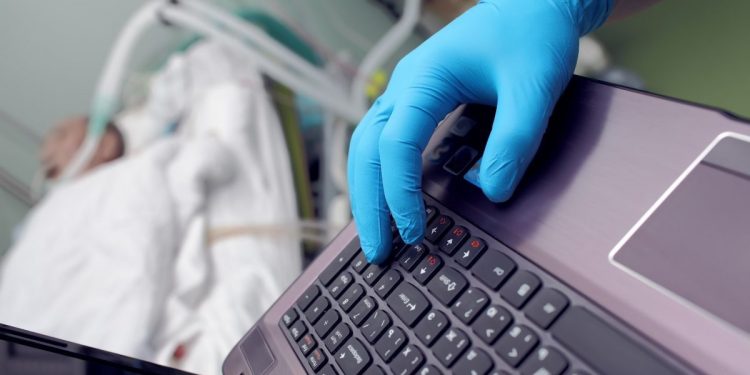Sure, chatbots are useful for service industries like hospitality and food delivery, but in health care? Some groups are testing the use of chatbots to retrieve medical information from within a messaging app. At first glance, that seems a bit impersonal, but a closer look reveals a wide range of use cases where bots could make your next visit to the hospital, doctor’s office, or pharmacy faster and more effective.
Let’s run this back a bit. If you’re not familiar with bots, here’s a brief explanation. Bots are software applications that run automated tasks or scripts that serve as shortcuts for completing a certain job, but they do it faster (a lot faster) and with verve. And in health care, we spend a lot of time spent generating and retrieving information.
By putting a trained army of bots inside an application — smartphone, desktop, whatever-top — health care workers can rapidly improve throughput by simply cutting out a bunch of steps. That’s something most care providers today would welcome, especially with millions of new people entering the system as a result of the Affordable Care Act and the aging of baby boomers. With the crush of increased data entry and new regulations, costs and rote work are skyrocketing.
Bedside bots
In the current age of Obamacare, patient information must be captured electronically, which means physicians, nurses, techs, and others better have good typing skills and a chunk of time each shift to devote to entering patient information. While these regulations have done wonders to move health care out of the paper age, they also have relegated clinicians to the role of highly paid part-time data entry clerks. The good news — and there is plenty of good news — is that technology companies are finding clever ways to make this newly digitized information accessible and actionable through messaging apps.
It turns out that the same technology that lets you order a pizza with a simple emoji can also be used by physicians and nurses to retrieve lab results, scan a patient’s ID bracelet, or find the on-call cardiologist. While still early in the development and adoption cycle, these smart messaging apps could help transform health care by automating routine tasks on a mass scale, so information becomes accessible not only at a computer at the nurses’ station but also on the smartphone of the physician or nurse at your bedside.
Here are a few more clever ways that bot-loving hospitals are using this technology:
- Querying a patient’s ID to check their insurance and confirm coverage parameters
- Accessing information instantly about drug interactions and side effects
- Collecting up-to-the-minute information about a patient’s medications, care team, and recent procedures
- Pulling up special menus for patients with dietary restrictions
- Engaging with discharged patients to follow up on treatment plans and adherence
- Scanning bar codes when inventorying medical supplies
Johnny on the bot
Health care bots aren’t just for medical staff in hospitals, however.
They’ve now got their robotic tentacles in other areas, too, including the patient portals that millions of people use every month online. Through a simple chat window, bots can do mundane tasks such as gathering insurance information before bringing on a live human support rep, booking doctor appointments, processing invoices, sending reminders to take medication, and renewing prescriptions.
They can provide educational materials for patients with certain conditions and present patients with a list of common side effects and drug interactions for a newly prescribed medication — all with a cheerful tone and some really fast typing.
One huge pain point that most Americans encounter sooner or later is ridiculously long hold times when you have a seemingly simple question. In fact, health support hotlines consistently exceed 30-minute hold times per call. Countless hours are wasted every day by patients who simply want to schedule a consult or get a fast answer to a health concern.
By leveraging bots, providers can significantly decrease those frustrating wait times and quickly determine if a patient needs escalation to a nurse, physician, emergency room, or specialty practice.
In the same vein, billing and payment bots can transform the way individuals manage billing questions. Rather than requiring patients to sit on hold to speak directly with a full-time staffer or to use a clunky, ill-equipped billing hotline, bots can instantly answer questions about services billed and outstanding balances. You can begin to see that bots are a simple solution to deliver an overall better experience for patients while expediting payments for providers and curbing an organization’s costs.
The bottom line
Bots today work best for simple tasks, but the day is coming when health care will rely more and more on this type of automation to complete increasingly complex tasks. As the technology advances and we as patients become more comfortable interacting with computer programs, we should see the cost of health care go down, the quality of health care services go up, and the happiness of health care workers improve.


